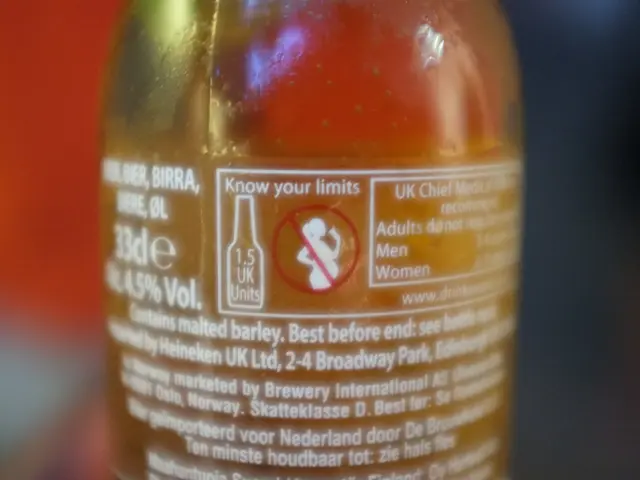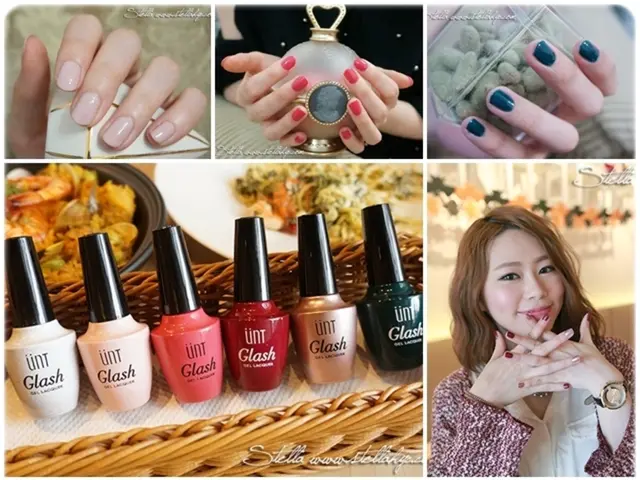Rapid and Severe Rosacea: Understanding Causes, Signs, and Remedies
A Rare and Severe Skin Condition: Rosacea Fulminans
Rosacea fulminans, also known as pyoderma faciale, is an uncommon and severe form of rosacea, characterized by rapid onset inflammatory nodules, pustules, and swelling on the central part of the face. This condition primarily affects females of childbearing age.
The symptoms of rosacea fulminans are different from those of common rosacea or acne. They appear suddenly and present as flushed, swollen, and painful nodules and pimples that tend to merge. While the exact cause of this condition remains unknown, it is suggested that it may be linked to inflammatory bowel disease, pregnancy, and previous rosacea in some individuals.
Treatment for rosacea fulminans may involve corticosteroids, such as prednisone, and isotretinoin (Accutane), though stress management and dietary modifications may also offer benefits. Antibiotics, particularly tetracycline and doxycycline, might also be used concurrently, especially in the early stages of treatment.
Several potential triggers for rosacea flare-ups exist, including emotional stress, hormonal fluctuations, certain medications, spicy foods, alcohol, and foods containing cinnamaldehyde (e.g., chocolate, tomatoes, and citrus fruits). Nutritional supplements and high-dose vitamins, particularly vitamin B, have been linked to acneiform eruptions in some cases. However, these associations are not specific to rosacea fulminans.
Upon notice of any symptoms that go beyond typical rosacea or acne, including large, tender nodules, abscesses, and significant facial discomfort, consultation with a dermatologist or other healthcare professional is advisable. Seeking prompt diagnosis and treatment may help resolve symptoms faster and prevent complications such as scarring and infections.
Regularly reducing stress, making certain dietary changes (such as reducing alcohol and spicy foods), and using gentle skin care products on the face can help manage rosacea symptoms in conjunction with medical treatments. In some cases, antibiotics combined with corticosteroids and lifestyle changes may also help.
[1] Mori, D., Hung, J. T., Hirsch, A. B., & Blume-Peytavi, U. R. (2020). Treatment of Acne Vulgaris. American Academy of Dermatology.[5] Akbar, G., & Thibouttit, J. P. (2009). Rosacea: An Update on Diagnosis, Triggers, and Treatment. American Journal of Clinical Dermatology, 10(6), 417-431.
- Despite rosacea being a common medical condition, rosacea fulminans stands out as a rare and severe skin condition, often mistaken for acne.
- Given its chronic nature and the swollen, painful nodules and pimples it presents, rosacea fulminans falls under the category of chronic diseases, requiring dermatology intervention for appropriate treatment.
- In the realm of health and wellness, managing rosacea symptoms involves making dietary changes, such as reducing alcohol and spicy foods, and using gentle skin care products, in addition to medical treatments often involving antibiotics, corticosteroids, and isotretinoin (Accutane).
- In light of the scientific community's ongoing research on rosacea and its triggers, it is vital for individuals experiencing rosacea symptoms beyond the average to consult a dermatologist or healthcare professional to expedite diagnosis and treatment, thereby preventing possible complications like infections and scarring.








